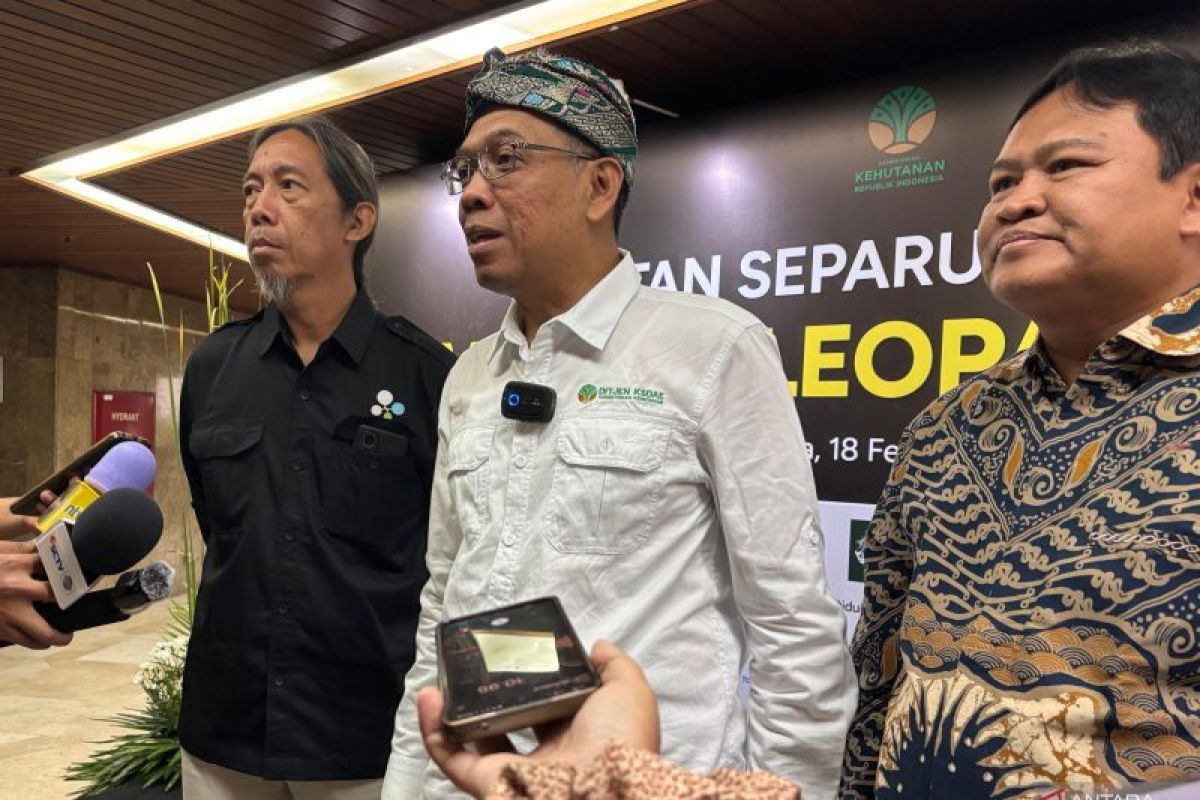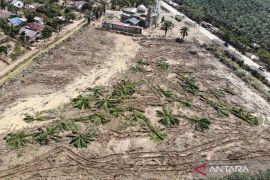This was conveyed by the ministry's Director General of Conservation of Natural Resources and Ecosystems (KSDAE) Satyawan Pudyatmoko here on Tuesday.
He informed that the Javan leopard population survey carried out by the ministry in collaboration with the SINTAS Indonesia Foundation detected the presence of the protected animal in six of the seven landscapes analyzed using camera traps.
He said that the endangered Javan leopards live in several different areas. Some of these areas are seeing a decline in the leopard population, while others are registering an increase.
"In managing Javan leopards, we have to remember that they need a large home range to live, and they can be found in many different landscapes. Law No. 32/2024 includes what we are calling a preservation area," Pudyatmoko added.
He said that his side will map out which leopard populations are truly gone and isolated from others, and which ones are gone but still have a way to connect to other populations.
He then outlined follow-up steps to manage the Javan leopard population.
"We will usually restore the areas. We will move leopards from one sub-population to local population to help them grow again in areas where they are extinct. This is one of the strategies we are working on," he disclosed
Law No. 32 of 2024 amending Law No. 5 of 1990 covers natural resources and their ecosystems.
One of the major changes in the law is the focus on conservation efforts outside of protected areas, such as natural reserves, natural preservation areas, and conservation areas in the water, along the coast, and on small islands.
Related news: Indonesia begins population survey to track more Javan leopards
Related news: Dozens of Javan leopards found to inhabit Nusakambangan Island
Translator: Prisca, Kenzu
Editor: Rahmad Nasution
Copyright © ANTARA 2025












